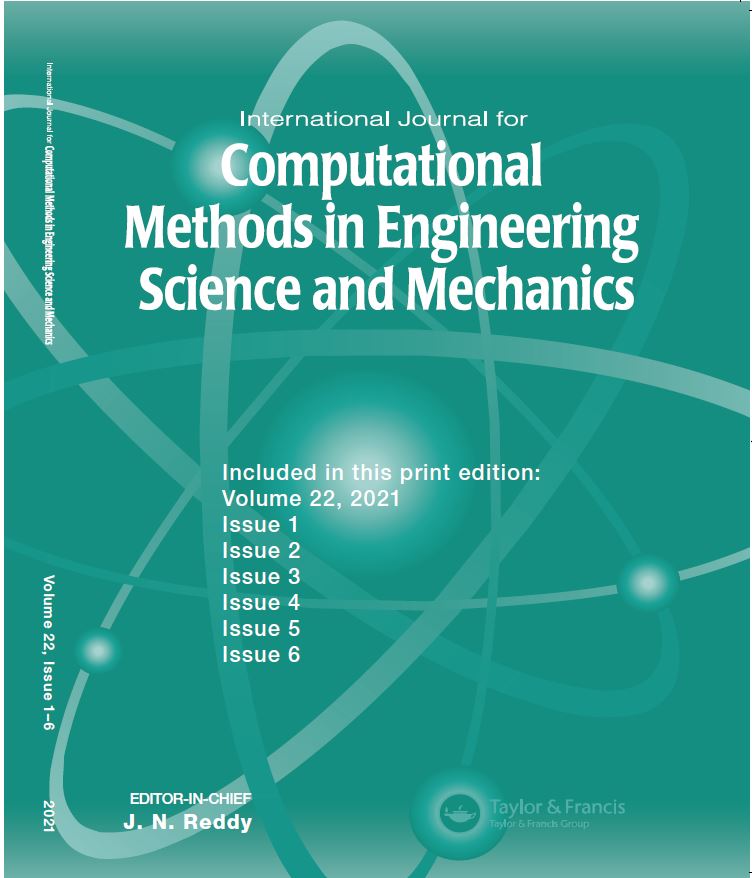What is Persistent Structural Change?
Have you ever observed a flower like a lotus blooming and wondered how it knows when the sun is up? Have you seen how a mimosa folds up so quickly when you brush it slightly? Have you seen a Saguaro cactus swell when it rains?
This lab is focused on the theoretical and experimental study of such phenomena. Being engineers though, we tend to have a more practical bent and try to mimic this in artificial materials (with less success than we hope for, unfortunately). Our research is based on such ”persistent structural change” phenomena.
The idea is that many solids (and many visco-elastic materials) can be made to change their external or internal structure by applying some stimulus. The interesting thing is that for many materials, this change PERSISTS, even after the stimulus is removed. This is what we are interested in.
The external stimulus can take a variety of forms.
- THERMO-RESPONSIVE: We can cause the structure to change by heating it and it remains when we stop (e.g. Shape memory alloys and polymers)
- ELECTRO-RHEOLOGIC We can cause the structure to change by using electrostatics (e.g. electro-rheological fluids and certain piezo-ceramics)
- MAGNETO-RHEOLOGIC: Caused by the use of magnetic fields
- CHEMO-RHEOLOGIC: Caused by diffusion and chemical change (favored by plants). This is typically slow but requires very little energy.

Dr. Srinivasa directs the Continuum Mechanics @ TAMU lab; his research interests include plasticity of metals and polymers, thermomechanics of dissipative processes, dislocation dynamics, Cosserat continua, design and dynamics of compliant mechanisms, computational modeling of defects, and fracture and fatigue processes.
He serves as the Associate Editor for the International Journal for Computational Methods in Engineering Science and Mechanics.

